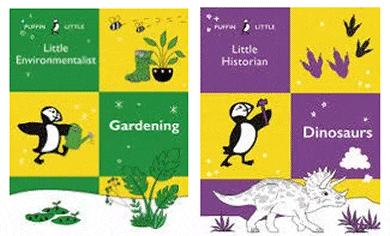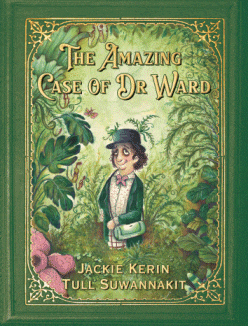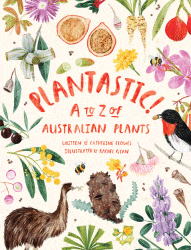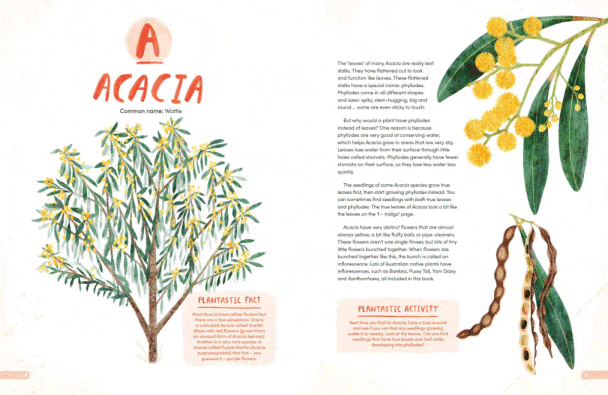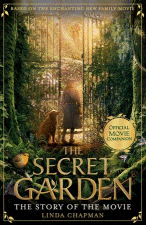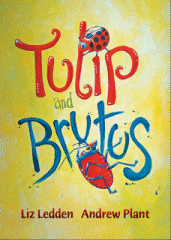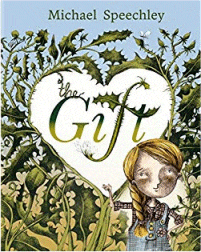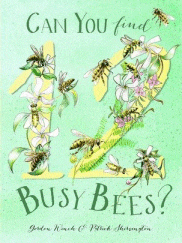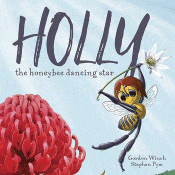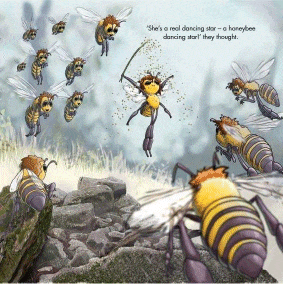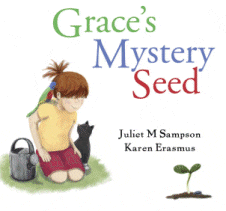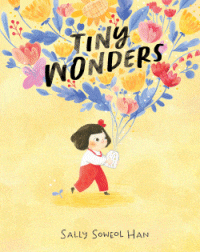
Tiny Wonders
Tiny Wonders
Sally Soweol Han
UQP, 2022
32pp., hbk., RRP $A24.99
9780702263477
When we were kids, if you held a dandelion under your chin and the yellow was reflected it meant you liked butter, and if you blew on the fluffy seeds, the number of breaths it took to clear it represented the time in Fairyland. But for April, they represent something much more…
She thinks if her town was a colour, it would be grey. Everyone is too busy to stop and look around. How can she help them slow down?
When she remembers the happiness that dandelions brought her grandmother, April comes up with a plan … what if she were able to plant dandelions so their bright yellow flowers brought joy and colour back to the town. But it’s not as easy as she thinks, but then she has the determination and tenacity to persist…
Even though recent global events have meant that many have slowed down and are appreciating the natural world more, the easing of restrictions has shown that it won’t take much for towns and cities to become grey and blind again so this is a build-on book that could inspire all sorts of plans and preparations to make our homes and schools more cheerful and friendly, and, in doing so, give Mother Nature a helping hand. As well as allowing young children to investigate how they could beautify their neighbourhood and the life cycle of plants, there is scope to discover what grows where and when and why as well as having to take on the long-term responsibility of nurturing a garden. There are all sorts of biology investigations about the colour of flowers and the insects they attract and their value to the bigger picture as well as the language of flowers that both April and the author focus on.
While there are many picture books focusing on the environment, this one that brings it right back to the child and their own back yard is a charmer and offers much scope for change – perhaps there will be many pockets of colour amongst the grey in the months ahead.
